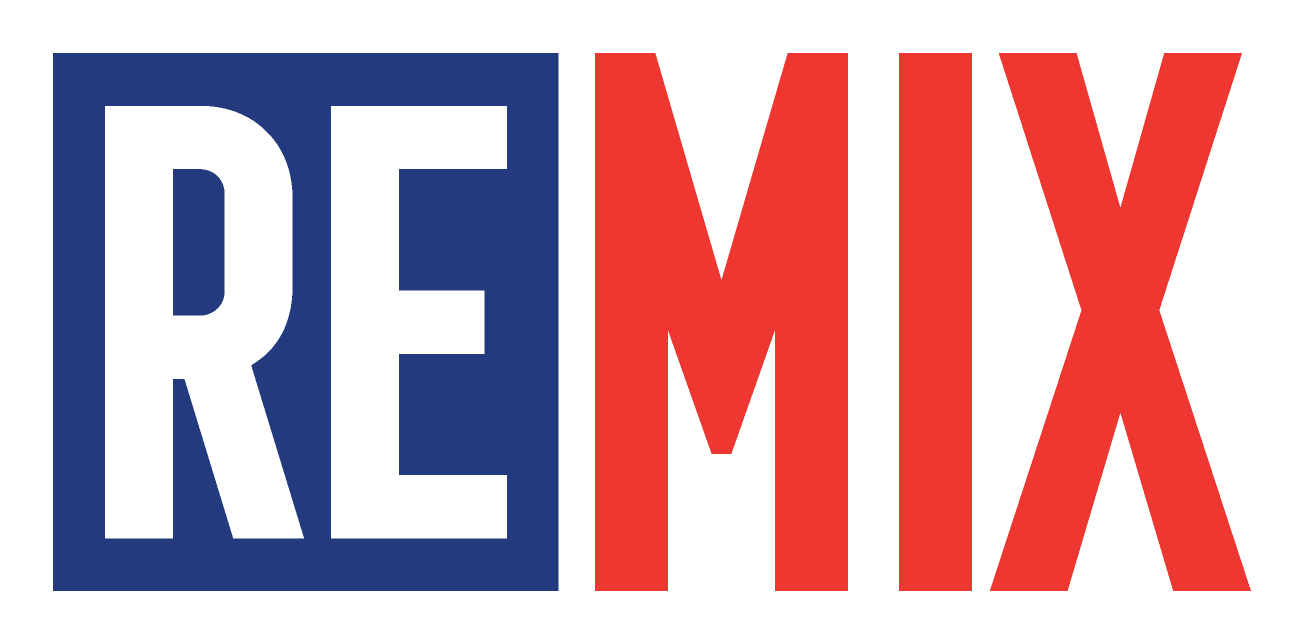According to Regulation (EU) 2025/89, EU citizens will now be able to enjoy bread made from worms. The inspiration for this new rule is that we humans need an alternative to meat.
“A European will eat four oxen, four rams, 46 pigs, 46 turkeys, 12 geese, 37 ducks, and as many as 945 chickens in their entire life. Over 73 percent of families prepare meat dishes at least several times a week. Around 350 million tons of meat are consumed worldwide each year,” explained Poland’s Salon24, noting that the consumption of meat in Poland is even higher than in other member states.
Last year, the European Commission removed the emphasis on promoting laboratory meat within the framework of the Community’s climate policy due to objections from farmers. Agriculture, namely, livestock, has been targeted for generating over 10 percent of annual gas emissions, and the EU aims to reduce greenhouse gas emissions from agriculture by 90 percent by 2040.
So now, Brussels wants people to get their protein by eating insects The EU list of new foods for humans, reports Salon24, currently includes three types of insects: the mealworm (in the form of dried larvae), the migratory locust (frozen, dried and powdered) and the house cricket (frozen, dried and powdered).
The larvae of the shiny mealworm have also been allowed to be traded on the EU market in frozen, paste, dried, and powdered form.
The European Commission announcement implementing Regulation (EU) 2025/89 on Jan. 20 authorizes “the placing on the market of UV-treated powder of whole yellow mealworm larvae (Teebrio) as a novel food and amends Implementing Regulation (EU) 2017/2470.”
It explains that “on March 28, 2023, the Authority adopted its scientific opinion on the ‘Safety of UV-treated powder of whole yellow mealworm (Tenebrio molitor larvae) as a novel food pursuant to Regulation (EU) 2015/2283’’ in accordance with Article 11 of Regulation (EU) 2015/2283.”
The communication continues: “In its scientific opinion, the Authority concluded that the UV-treated powder of whole Tenebrio molitor larvae is safe under the proposed conditions and use levels. Therefore, this scientific opinion provides sufficient grounds to establish that the UV-treated powder of whole Tenebrio molitor larvae, for use in bread and rolls, cakes, pasta products, processed potato products, cheese and cheese products, and fruit and vegetable compotes, intended for the general population, meets the conditions for placing it on the market in accordance with Article 12(1) of Regulation (EU) 2015/2283.”
It concludes by stating that “this Regulation shall enter into force on the twentieth day following its publication in the Official Journal of the European Union. This Regulation shall be binding in its entirety and directly applicable in all Member States.”
The law means bread and rolls will contain 4 grams of mealworms per 100g of bread, and cakes – 3.5g of larvae per 100g of cake. And apparently, this is creating a whole new business of larvae breeders.
On a Polish government website, there is even a study published for over 5 million zlotys, provided by the EU, to develop “a strategy for the use of alternative protein sources in animal nutrition enabling the development of its production in the territory of the Republic of Poland.”
Luckily, it appears that the regulation mandates that all products containing UV-treated powder of whole Tenebrio molitor larvae (yellow mealworm) be listed as an ingredient. Also, there will have to be an additional “statement that this ingredient may cause allergic reactions to consumers with known
allergies to crustaceans, and products thereof, and to dust mites.”






